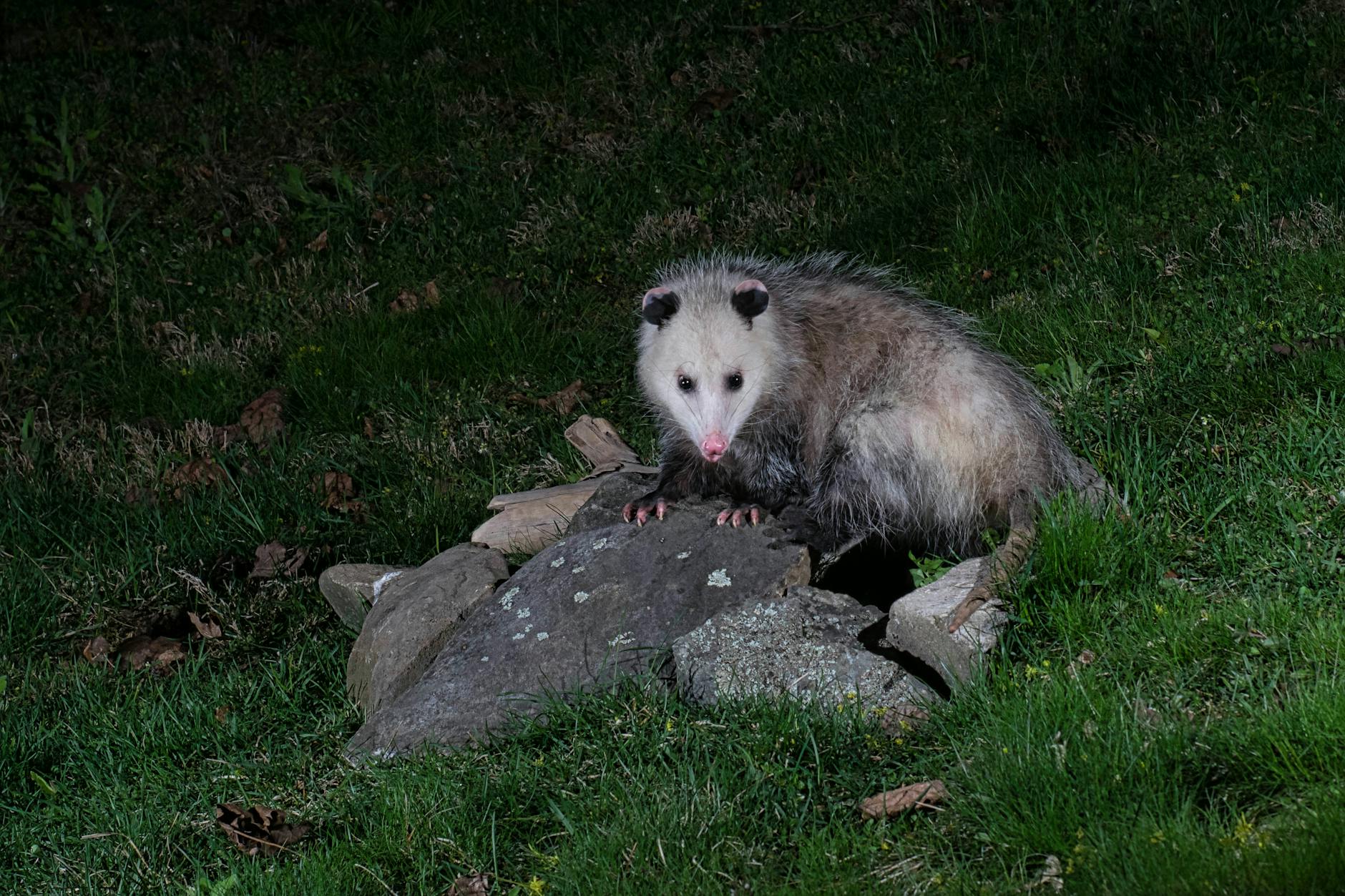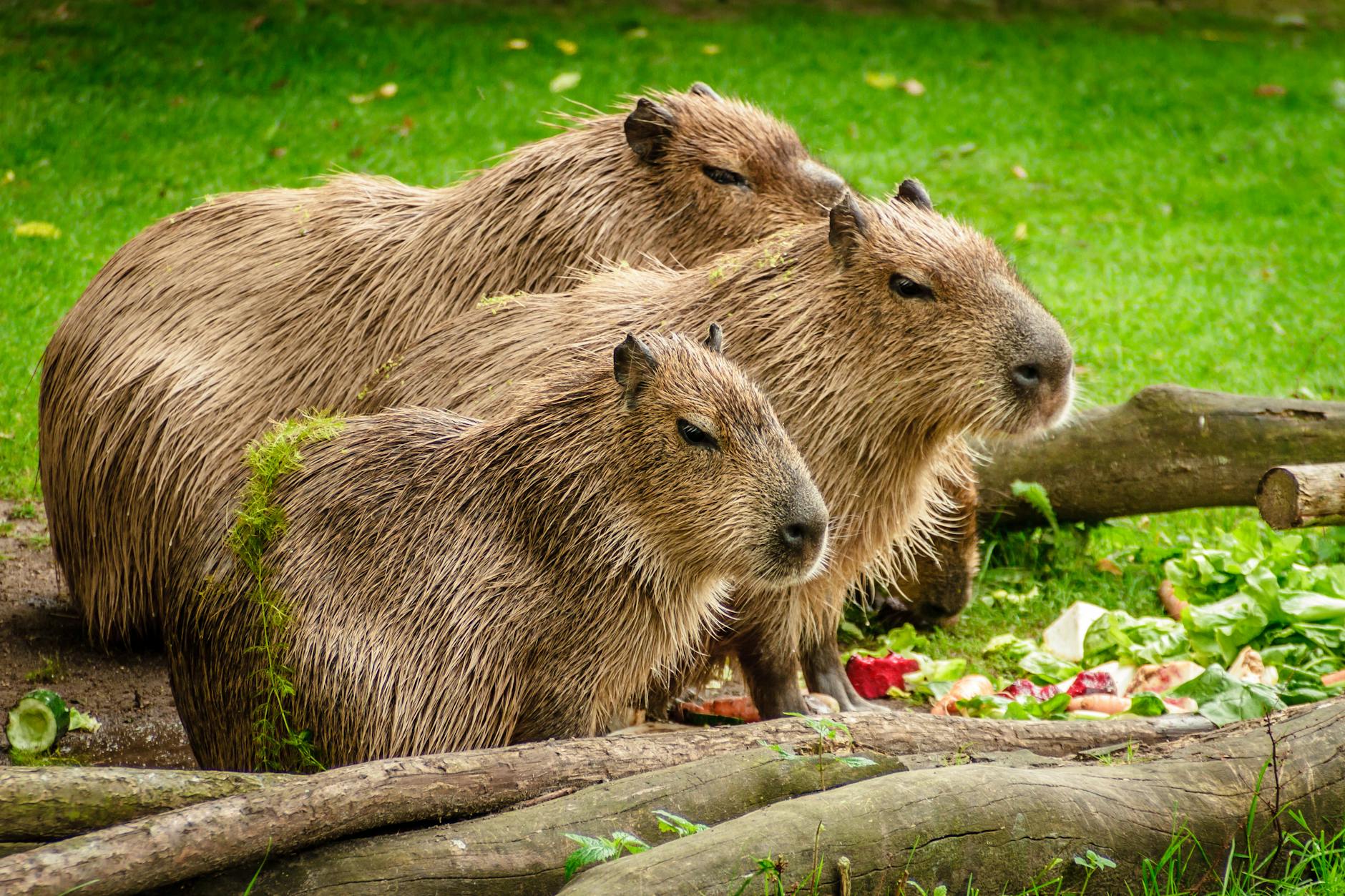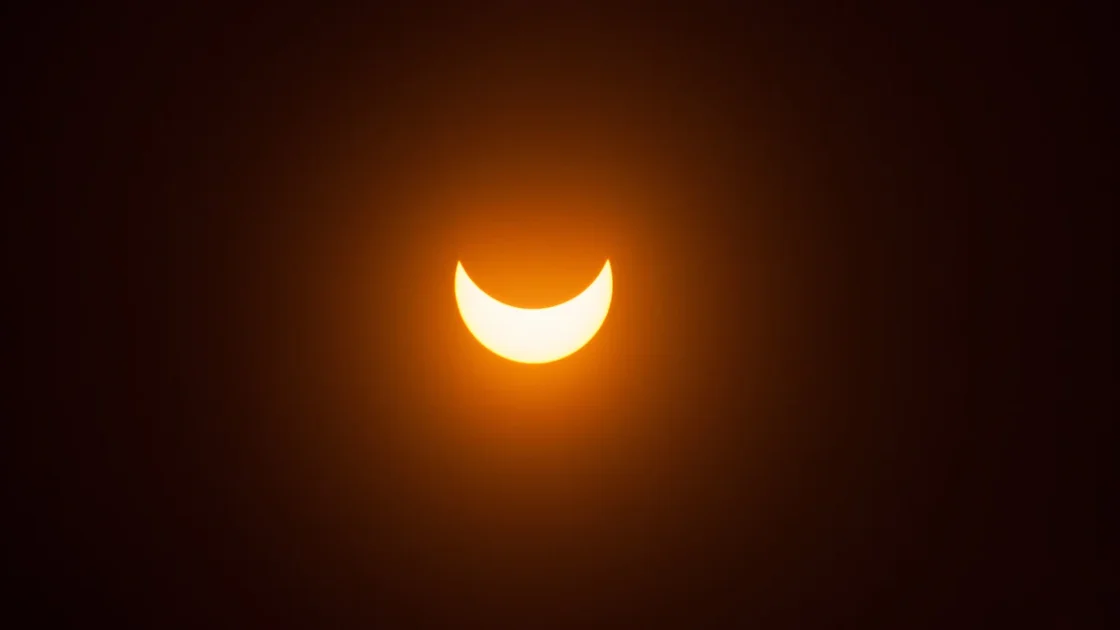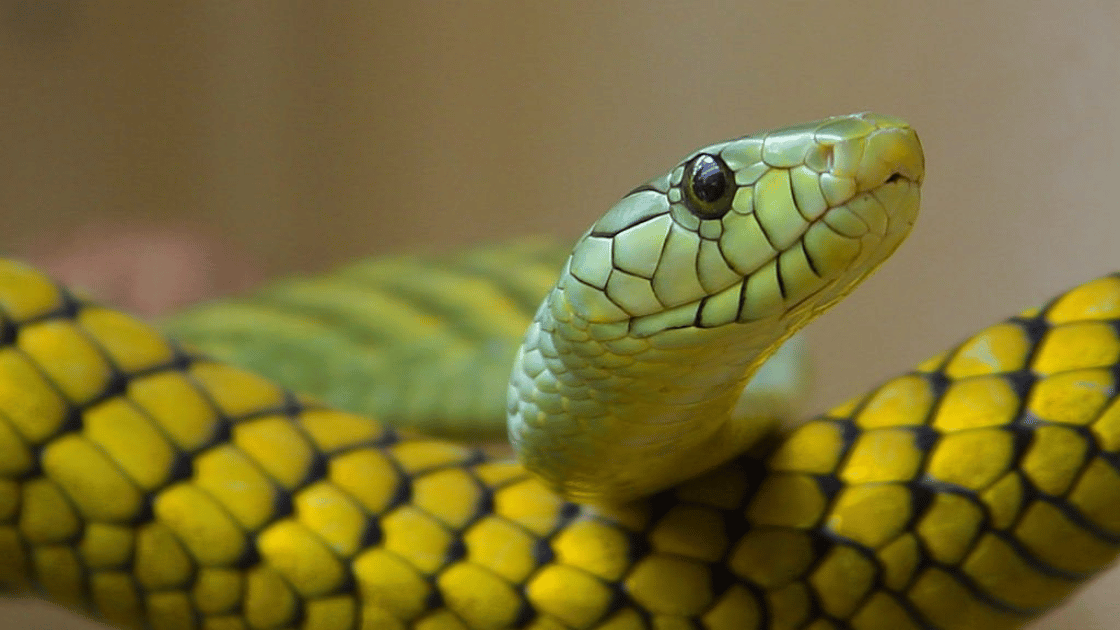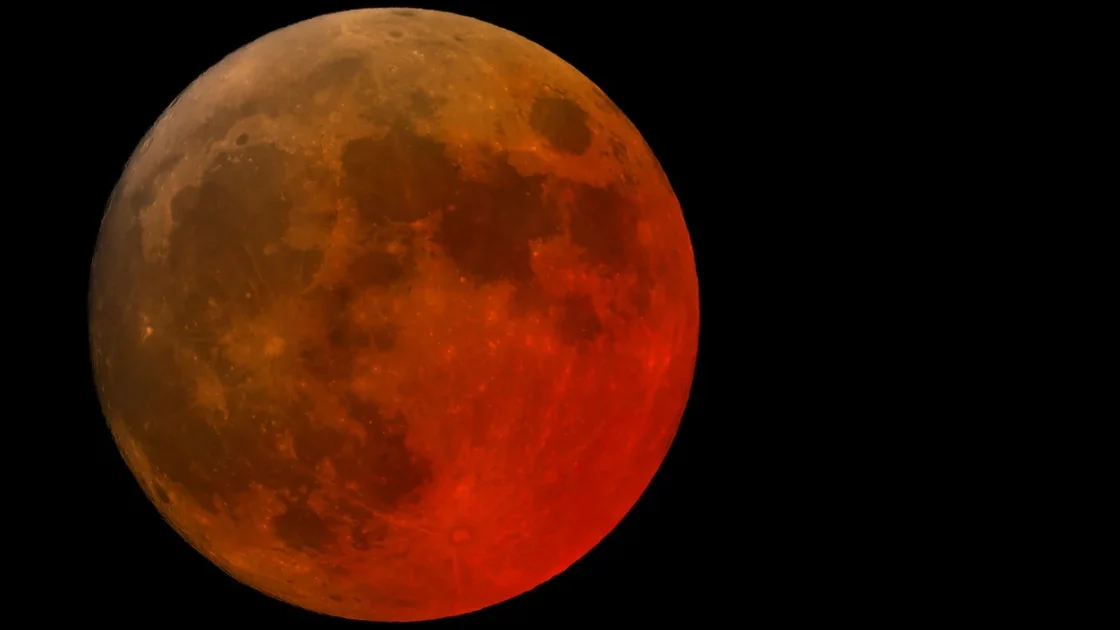Please be kind to our opossum friends… Opossums are not dangerous to humans and are beneficial to the environment. Please don’t hurt them. Both possum and opossum correctly refer to the critters found in North America According to the Merriam-Webster dictionary, “both possum and opossum correctly refer to the Virginia opossum frequently seen in North America.” So, both possum and …
